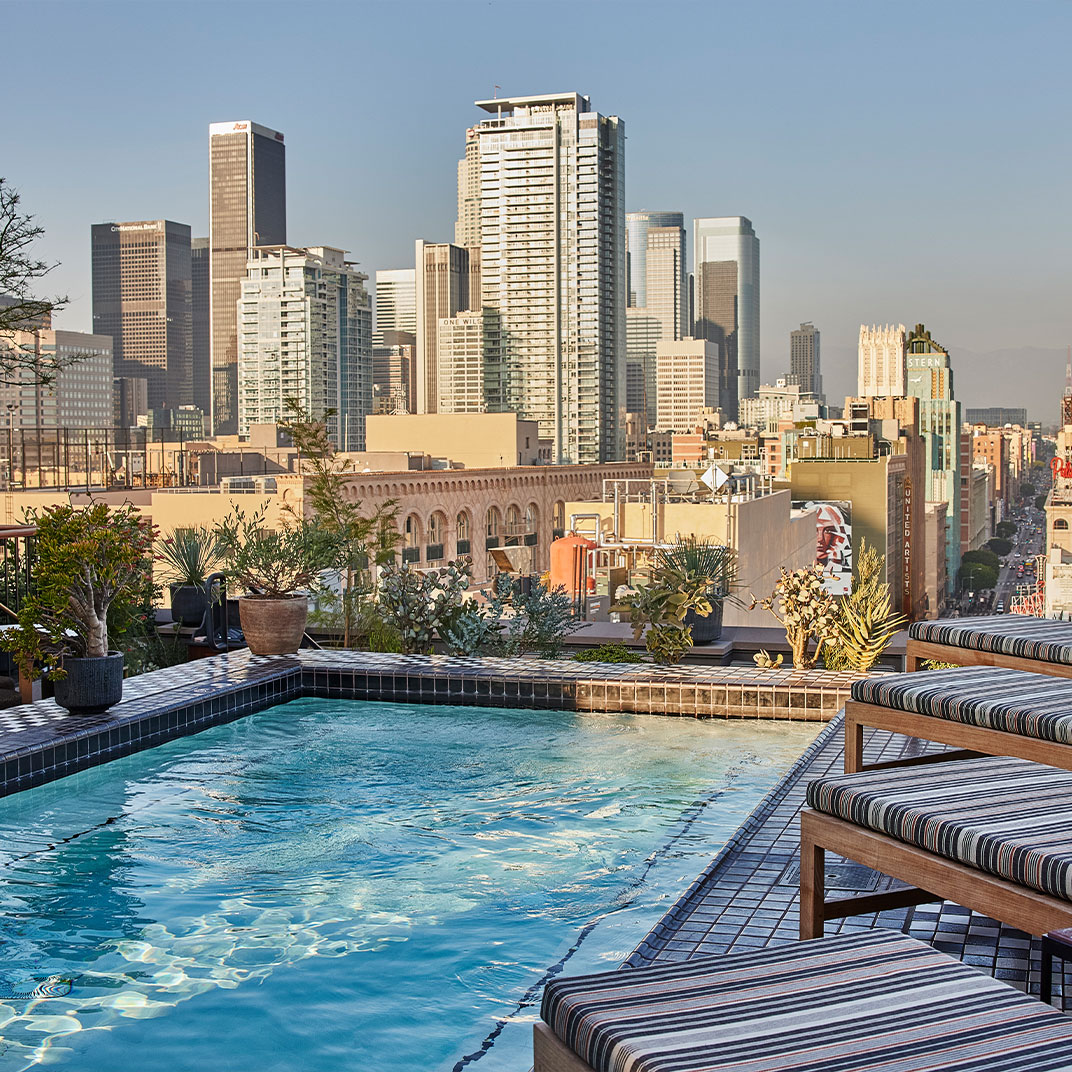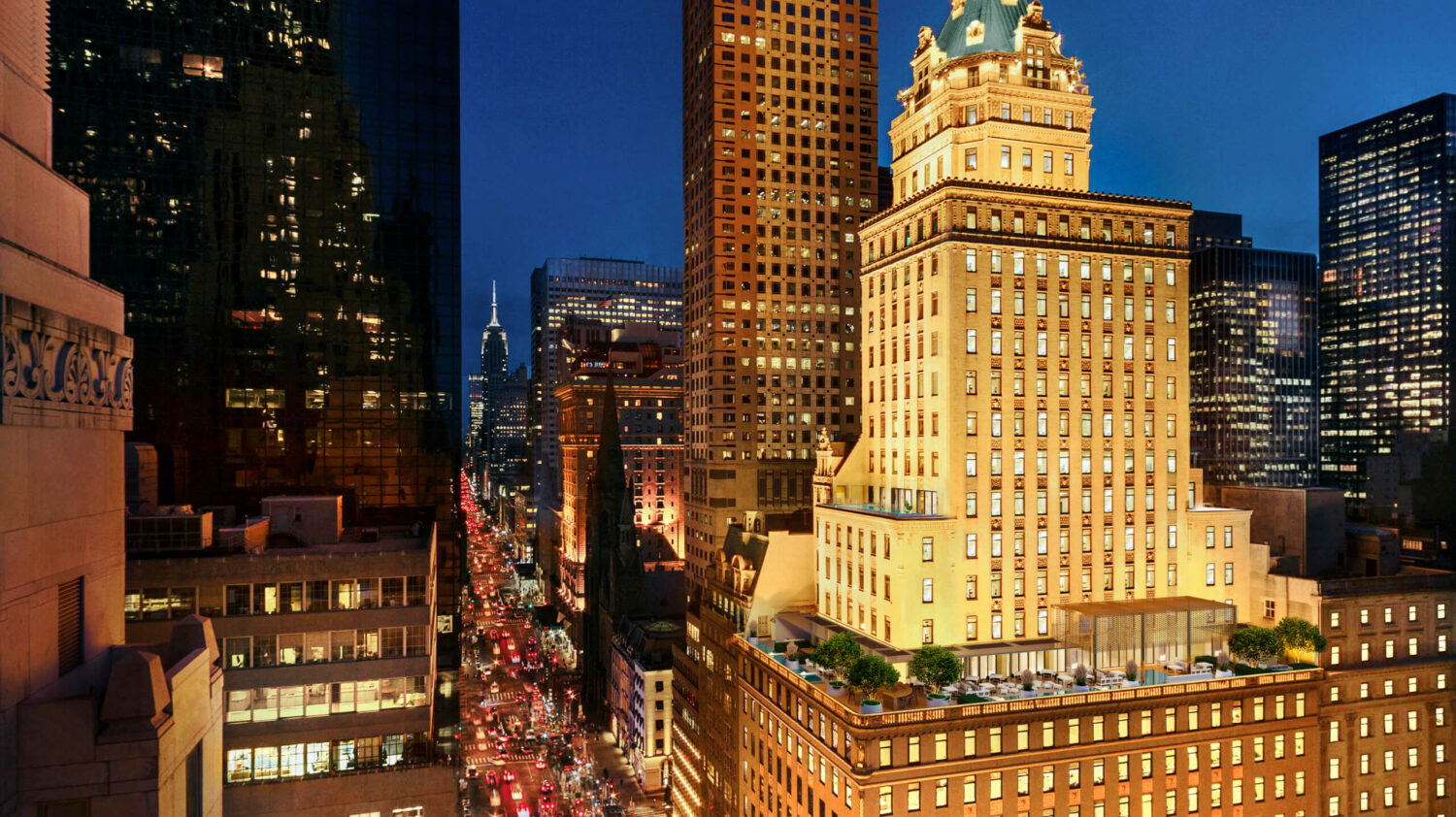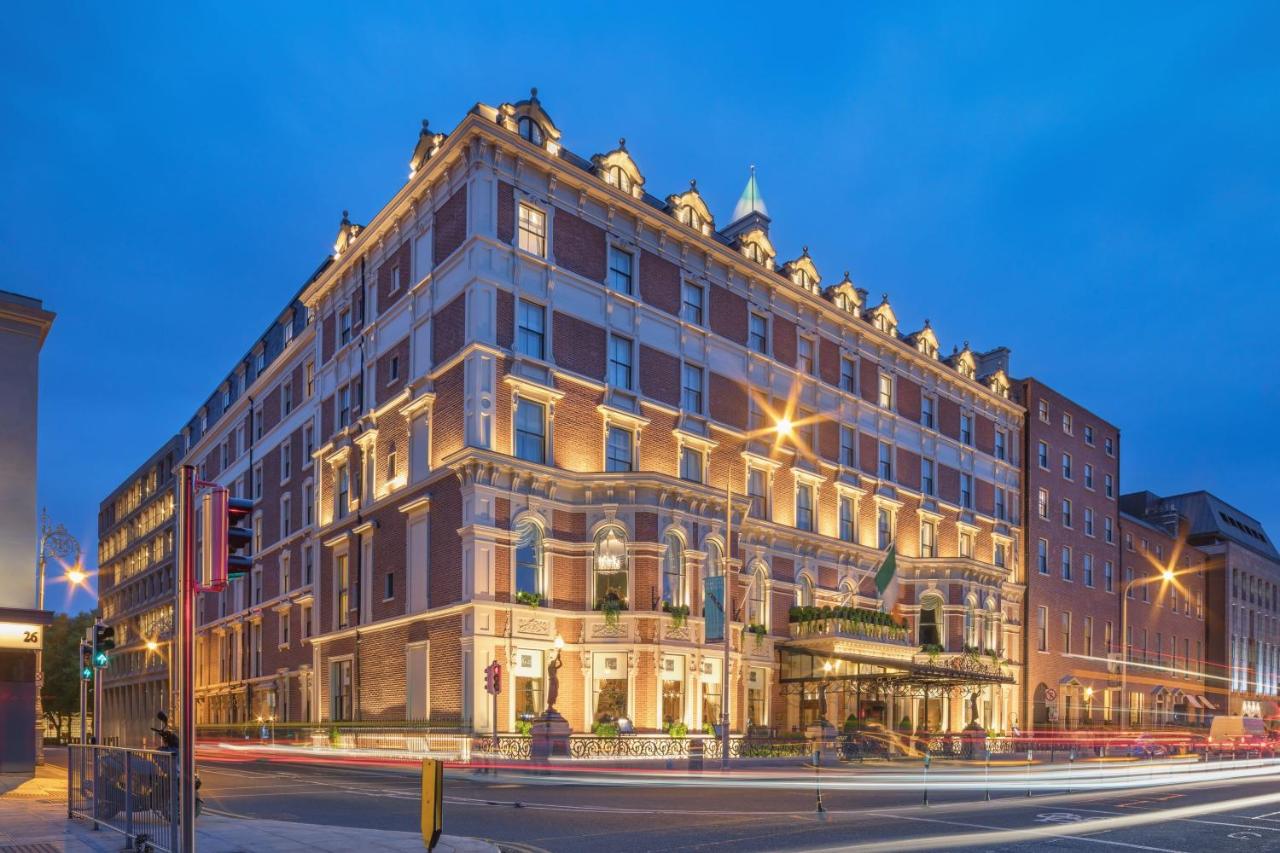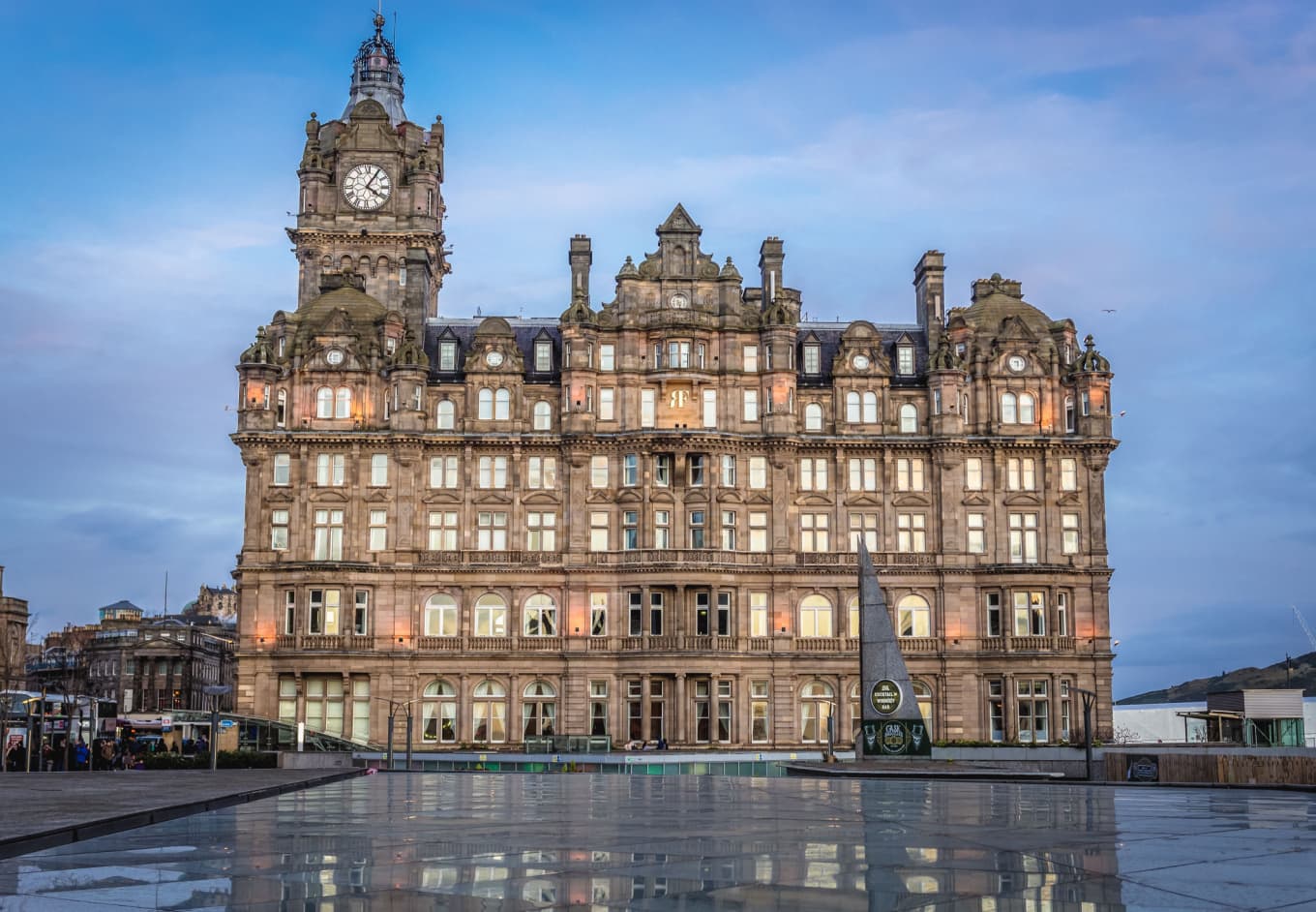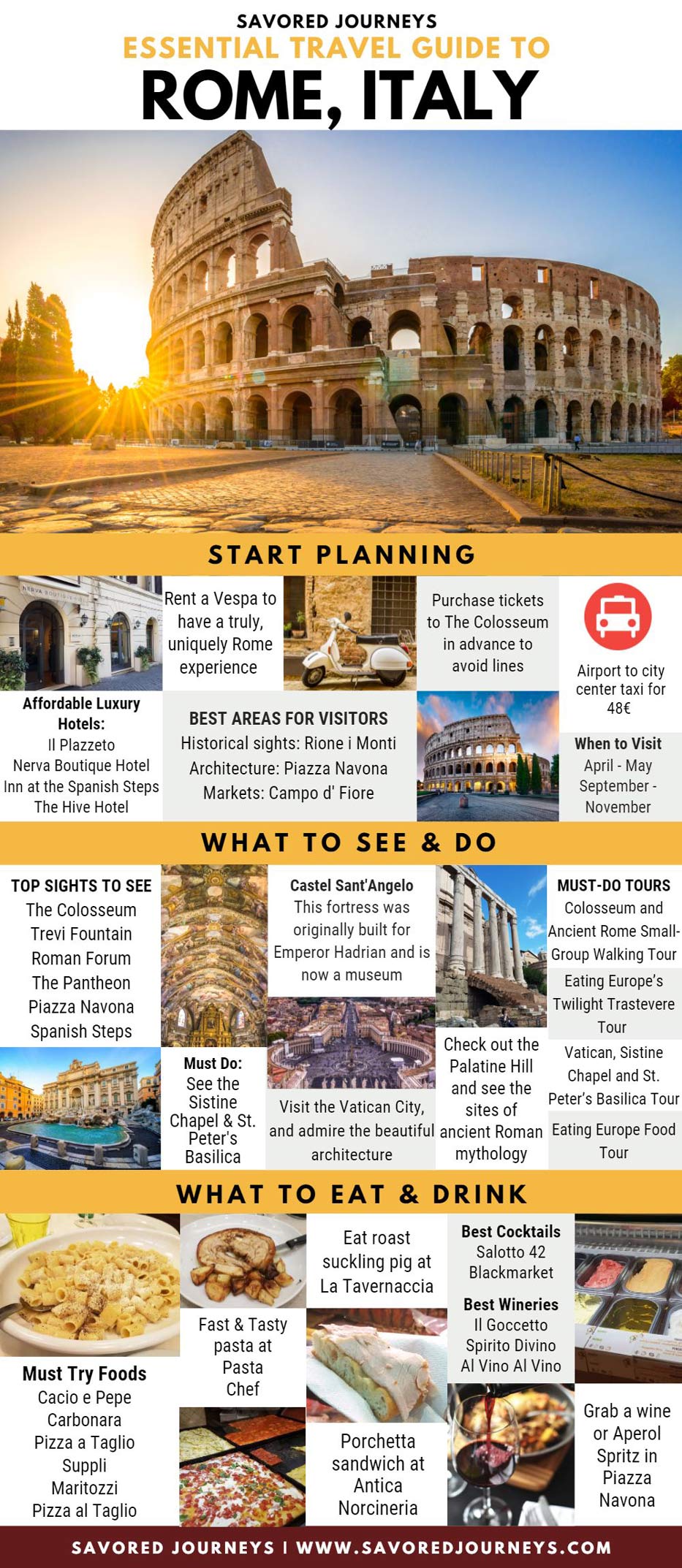
Rome, the Eternal City, is a living tapestry woven with threads of ancient history, Renaissance art, and vibrant modern life. It’s a place where gladiators once roared in colossal amphitheatres, where popes commissioned masterpieces, and where the aroma of freshly brewed espresso mingles with the scent of basil. To visit Rome is to step back in time, to wander through millennia of human achievement, and to embrace a way of life that cherishes beauty, flavour, and the simple joy of existence. This guide aims to equip you with the knowledge to navigate this magnificent city, from its storied past to its present-day delights.
A Timeless Chronicle: A Glimpse into Rome’s Rich History
Rome’s history is as vast and complex as its ruins. Legend has it that the city was founded by Romulus in 753 BC, marking the beginning of the Roman Kingdom. This was followed by the Roman Republic (509-27 BC), a period of expansion and political upheaval, culminating in the rise of Julius Caesar. The Roman Empire (27 BC – 476 AD) then dominated the Mediterranean world, leaving behind an indelible mark on law, language, architecture, and governance that still resonates today.
Related Articles about Echoes of Empire, Whispers of La Dolce Vita: A Comprehensive Travel Guide to Rome:
- A Traveler’s Tapestry: Your Comprehensive Guide to Sri Lanka
- Unveiling the Charms of the Netherlands: A Traveler’s Guide to the Best Attractions
- The Ultimate Travel Guide to Ethiopia: A Journey to the Land of Origins
- Unveiling the Pearl of the Orient: A Comprehensive Guide to the Philippines
- Italy: A Journey Through Timeless Beauty and Enduring Charm
The fall of the Western Roman Empire ushered in the Middle Ages, during which Rome experienced decline but remained the spiritual heart of Christendom with the rise of the Papacy. The Renaissance (14th-16th centuries) saw Rome re-emerge as a cultural powerhouse, attracting artists like Michelangelo and Raphael, who adorned the city with unparalleled artistic treasures. The Baroque era further embellished Rome with dramatic fountains and opulent churches.
From the unification of Italy in the 19th century, when Rome became its capital, through the tumultuous 20th century and into the present day, Rome has continuously evolved, yet its ancient soul remains undeniably present. Understanding this rich historical context will undoubtedly deepen your appreciation for the sights and sounds that surround you.
Unveiling the Masterpieces: Rome’s Main Attractions
Rome boasts an overwhelming array of iconic landmarks, each whispering tales of its glorious past. Here are some of the must-see attractions:
- The Colosseum: This colossal amphitheatre, once the stage for gladiatorial contests and public spectacles, is a potent symbol of Roman engineering and entertainment. Imagine the roar of the crowds and the drama that unfolded within these weathered walls.
- The Roman Forum and Palatine Hill: Adjacent to the Colosseum, the Forum was the vibrant heart of ancient Roman public life – the site of temples, basilicas, and political speeches. Climb Palatine Hill, the legendary birthplace of Rome, for panoramic views and the remains of imperial palaces.
- The Pantheon: A marvel of Roman architecture, the Pantheon’s perfectly preserved dome, with its oculus open to the sky, is an awe-inspiring testament to their engineering prowess. Originally a temple to all gods, it now serves as a church.
- Vatican City (St. Peter’s Basilica and Vatican Museums): An independent city-state and the spiritual centre of the Catholic Church, Vatican City is home to breathtaking treasures. St. Peter’s Basilica, a masterpiece of Renaissance architecture, houses Michelangelo’s Pietà. The Vatican Museums are an artistic treasure trove, culminating in the awe-inspiring Sistine Chapel, with Michelangelo’s iconic ceiling frescoes.
- Trevi Fountain: This Baroque masterpiece is more than just a fountain; it’s a cinematic icon. Toss a coin over your shoulder to ensure your return to Rome, but be prepared for the crowds drawn to its grandeur.
- Spanish Steps (Piazza di Spagna): A grand staircase connecting Piazza di Spagna to the Trinità dei Monti church, these steps are a popular gathering spot, especially during spring when they are adorned with azaleas.
- Piazza Navona: A beautiful elliptical piazza built on the site of the ancient Stadium of Domitian, Piazza Navona is renowned for its stunning Baroque fountains, particularly Bernini’s Fountain of Four Rivers. It’s a lively hub with street artists and cafes.
- Borghese Gallery and Gardens: Housed in a former villa, this gallery boasts an exceptional collection of sculptures by Bernini and paintings by Caravaggio, Raphael, and Titian. The surrounding Borghese Gardens offer a peaceful escape with beautiful vistas and a boating lake.
- Castel Sant’Angelo: Originally Emperor Hadrian’s mausoleum, this cylindrical fortress has served as a papal residence, a prison, and now a museum. Its imposing structure and strategic location offer fascinating insights into Rome’s military and papal history.
- Trastevere: Cross the Tiber River to discover the charming neighbourhood of Trastevere. Its narrow cobblestone streets, ivy-clad buildings, artisan shops, and traditional trattorias offer a more intimate and authentic Roman experience.
Navigating the Eternal City: Essential Travel Tips
- Book in Advance: For popular attractions like the Colosseum, Vatican Museums, and Borghese Gallery, booking tickets online in advance is crucial to avoid long queues. Consider guided tours for a more in-depth experience.
- Wear Comfortable Shoes: You’ll be doing a lot of walking! Cobblestone streets and extensive exploration demand comfortable footwear.
- Stay Hydrated: Especially during warmer months, carry a reusable water bottle. Rome has numerous public drinking fountains (nasoni) providing fresh, potable water.
- Learn Basic Italian Phrases: While many Romans speak English, knowing a few basic phrases like "Buongiorno" (Good morning), "Grazie" (Thank you), and "Scusi" (Excuse me) will be greatly appreciated.
- Be Mindful of Pickpockets: Like any major tourist city, Rome has its share of pickpockets, especially in crowded areas. Keep your valuables secure and be aware of your surroundings.
- Embrace the Pace: Rome is a city to be savoured. Don’t rush from one attraction to the next. Allow time for leisurely strolls, coffee breaks, and people-watching.
- Dress Appropriately for Churches: When visiting churches, especially St. Peter’s Basilica, ensure your shoulders and knees are covered.
- Tipping Etiquette: A "coperto" (cover charge) is often included in restaurant bills. Tipping is not mandatory, but a small tip of 5-10% for excellent service is appreciated.
The Golden Window: Best Time to Visit Rome
Rome’s climate is Mediterranean, characterized by hot summers and mild winters.
- Spring (April-May) and Autumn (September-October): These are generally considered the best times to visit Rome. The weather is pleasant, with warm sunshine and comfortable temperatures, perfect for sightseeing. The crowds are also slightly less intense than in peak summer.
- Summer (June-August): This is the peak tourist season. Expect hot and humid weather, with temperatures often exceeding 30°C (86°F). While the city is vibrant, it can be crowded and more expensive.
- Winter (November-March): Rome experiences mild winters, with occasional rain and cooler temperatures. It’s a less crowded and more affordable time to visit, offering a more local feel. The Christmas season brings festive decorations and markets.
Rest and Recharge: Nearby Hotels
Rome offers a vast array of accommodation options to suit every budget and preference. Here are a few areas and types of hotels to consider:
- Historic Centre (Centro Storico): Ideal for first-time visitors, offering proximity to major attractions. Expect boutique hotels, charming guesthouses, and some luxury options.
- Luxury: Hotel Hassler Roma, The St. Regis Rome
- Mid-Range: Hotel Artemide, iQ Hotel Roma
- Budget-Friendly: Guesthouses and B&Bs in the Monti or Pantheon areas.
- Trastevere: For a more bohemian and local experience, Trastevere offers picturesque streets, charming hotels, and apartment rentals.
- Boutique: Hotel Santa Maria, Residenza San Calisto
- Prati (near the Vatican): Convenient for Vatican City exploration, offering a mix of modern hotels and apartments.
- Mid-Range: Hotel Indigo Rome – St. George, NH Collection Roma Vittorio Veneto
- Termini Station Area: A practical choice for those arriving by train, offering a wide range of budget and mid-range hotels. However, it can be less charming than other neighbourhoods.
A Culinary Journey: Savoring Roman Flavours
Roman cuisine is rooted in simple, fresh ingredients and time-honoured traditions. Prepare your taste buds for a delightful adventure:
- Pasta Classics:
- Cacio e Pepe: A deceptively simple dish of pasta with Pecorino Romano cheese and black pepper.
- Carbonara: Rich and creamy, made with eggs, Pecorino Romano, guanciale (cured pork jowl), and black pepper.
- Amatriciana: A hearty tomato-based sauce with guanciale, Pecorino Romano, and sometimes onion.
- Gricia: The "white Amatriciana," made with guanciale, Pecorino Romano, and black pepper.
- Other Must-Tries:
- Saltimbocca alla Romana: Veal cutlets topped with prosciutto and sage, pan-fried in butter and white wine.
- Carciofi alla Romana/Giudia: Artichokes prepared in two distinct Roman styles – braised with herbs or deep-fried until crispy.
- Supplì: Fried rice balls, typically filled with tomato sauce and mozzarella.
- Pizza Romana: Thinner and crispier than Neapolitan pizza, often served "al taglio" (by the slice).
- Gelato: Indulge in artisanal gelato from one of Rome’s many gelaterias.
- Where to Eat:
- Trattorias: Traditional, family-run restaurants offering authentic Roman dishes.
- Osterias: Simpler establishments, often focusing on wine and small plates.
- Pizzerias: For delicious pizza.
- Mercati (Markets): Explore local markets like Campo de’ Fiori for fresh produce and local delicacies.
Getting Around the Eternal City: Transportation Options
Rome’s extensive public transportation system makes navigating the city relatively easy.
- Walking: The best way to experience Rome is on foot, especially within the historic centre. Many attractions are within walking distance of each other.
- Metro (Subway): Rome has three metro lines (A, B, and C) that connect major attractions and neighbourhoods. It’s efficient for covering longer distances.
- Buses and Trams: An extensive network of buses and trams covers areas not reached by the metro. They can be slower due to traffic but offer a more scenic way to see the city.
- Taxis: Readily available, but ensure the meter is running. Official taxis are white and have a "TAXI" sign on the roof.
- Ride-Sharing Services: Services like Uber are available in Rome, offering a convenient alternative to taxis.
- Hop-on Hop-off Buses: A popular option for tourists who want to cover many attractions with ease, allowing you to disembark and re-embark at designated stops.
Tickets: Public transportation tickets can be purchased at tabaccherie (tobacconists), newsstands, and metro stations. You can also purchase day passes or multi-day passes for convenience. Validate your ticket upon boarding!
Beyond the City Walls: Day Trips from Rome
If you have extra time, consider these popular day trips:
- Tivoli: Home to the stunning Villa d’Este with its magnificent Renaissance gardens and fountains, and Hadrian’s Villa, the sprawling archaeological remains of Emperor Hadrian’s retreat.
- Ostia Antica: The remarkably well-preserved ancient port of Rome, offering a fascinating glimpse into daily life in a Roman city.
- Pompeii and Herculaneum: While a longer day trip, these ancient Roman cities, frozen in time by the eruption of Mount Vesuvius, are an unforgettable experience.
Rome is not just a destination; it’s an immersion. It’s a city that demands your attention, rewards your curiosity, and leaves an indelible mark on your soul. From the echoes of emperors to the vibrant pulse of modern Roman life, the Eternal City awaits your exploration. Embrace its history, savour its flavours, and let its timeless beauty captivate you. Arrivederci!



